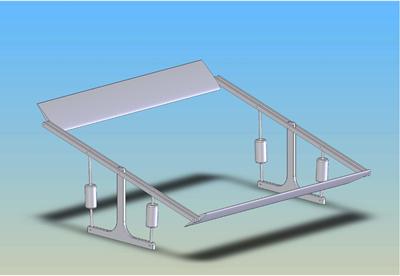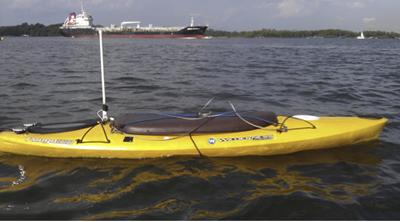Dr Gabriel D Weymouth Sc.D.
Associate Professor of Marine Hydrodynamics

- Related links
- Personal homepage
- Gabriel Weymouth - Scholar page
Dr Gabriel David Weymouth is an Associate Professor within Engineering and Physical Sciences at the University of Southampton.
Gabriel D Weymouth is passionate about teaching and research related to fluid dynamics, physics-based machine learning, and biologically inspired engineering. His research group has published in top journals from Science Robotics to Annual Review of Fluid Mechanics on topics ranging from Deep Learning turbulent fluid flow, to plesiosaur swimming, to a Guinness-Book record holding octopus-inspired soft underwater robot. He actively promotes open source software development for engineering and develops and contributes to many projects such as LilyPad and Jupyter notebooks for teaching programming and hydrodynamics.
Dr Weymouth received a BSc. in Naval Architecture from Webb Institute 2001, an MSc. in Mechanical Engineering from University of Iowa 2002, and a Doctor of Science in Ocean Engineering from the Massachusetts Institute of Technology in 2008. After a postdoc at MIT, he held a research scientist position from 2010-2013 in the Singapore MIT Alliance for Research and Technology. He took his current position at the University of Southampton in 2013, and in 2019 he co-founded the Marine and Maritime Group in the Alan Turing Institute, London.
Previous Work:
- Research Scientist at the Centre for Environmental Sensing and Modelling in the Singapore MIT Alliance for Research and Technology, 2010-2012
- Postdoctoral Researcher at the Massachusetts Institute of Technology, 2008-2010
Education:
- Doctorate of Science in Ocean Engineering from the Massachusetts Institute of Technology, 2008
- Masters of Science in Mechanical Engineering from the Iowa Institute of Hydraulic Research, 2003
- Bachelors of Science in Naval Architecture and Ocean Engineering from the Webb Institute, 2001




